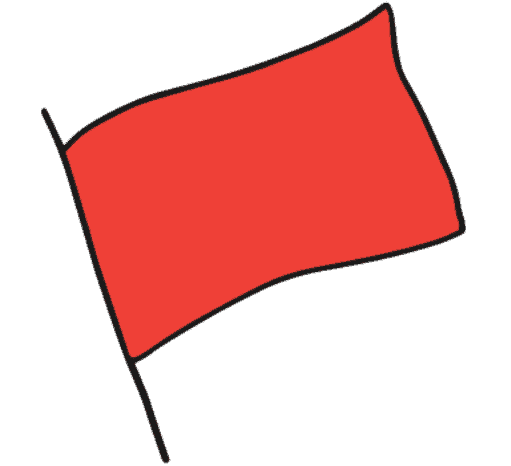If you’ve ever shopped for golfing gear, you might’ve noticed that shafts often get categorized by a series of numbers. If you’ve been confused as to what these numbers mean and how you can make sure that you’re getting the right shaft for your playing needs, you’re not alone. That’s why, today, I’ll be covering everything you need to know about these numbers, what they mean, and how you can choose the right shaft for you based on all this information.
The numbers on a golf shaft generally refer to the loft of the club. “Loft” is a term used to describe the angle that gets created between the clubface and the ground; higher lofts allow the ball to fly higher. The lower the number on a shaft, the lower its loft, and vice versa.
While in most cases, this is the purpose that the number on the shaft fulfills ( indicating the intensity of the angle between the clubface and the ground), today, it’s a bit more challenging to tell whether that’s actually the case, as manufacturers are using numbers to also indicate flex level and weight. With that said, you’ll find everything you need to know about deciphering shaft numbers below, so make sure to keep reading until the end.
What Do Golf Shaft Numbers Stand For?
As mentioned, the overall consensus among industry giants is that the number associated with a certain shaft or club is indicative of its loft. However, do differently-numbered clubs really differ that much from one another?
The answer is: “Yes, they do!”. Different lofts translate to different clubface angles, the positioning of which can greatly impact the launch and trajectory of the ball. Higher numbers translate to higher lofts, which, in turn, translate to steeper launch angles which will send your ball flying higher.
However, keep in mind that what you gain in height as you go up in loft angle, you sacrifice in the distance. That’s why it’s important to try out clubs of different lofts for yourself to see which suits your playing style best.
With that said, there are some caveats to keep in mind. For starters, not all clubs have identifying numbers on them; however, these are usually putters and drivers, which serve specific purposes. Moreover, depending on the club you’re viewing, the number might also relate to flex level, weight, or simply the model’s name, so keep all that in mind while shopping around.
If you want to learn how to navigate between clubs of different lofts, check out this article. If you’re struggling to choose between flex levels too, head over here.
Conclusion
The numbers on a golf shaft usually refer to loft. Though understanding this concept is fairly easy, finding a club that best suits your preferences can be a bit trickier, so I suggest going to a physical golfing gear store to try some models for yourself and see which one feels most natural.
The higher the number on the shaft, the more intense the angle between the clubface and the ground, meaning your ball will be launched higher. Though higher lofts are usually preferable, they’re not ideal for every scenario or playing style, so keep your options open.
